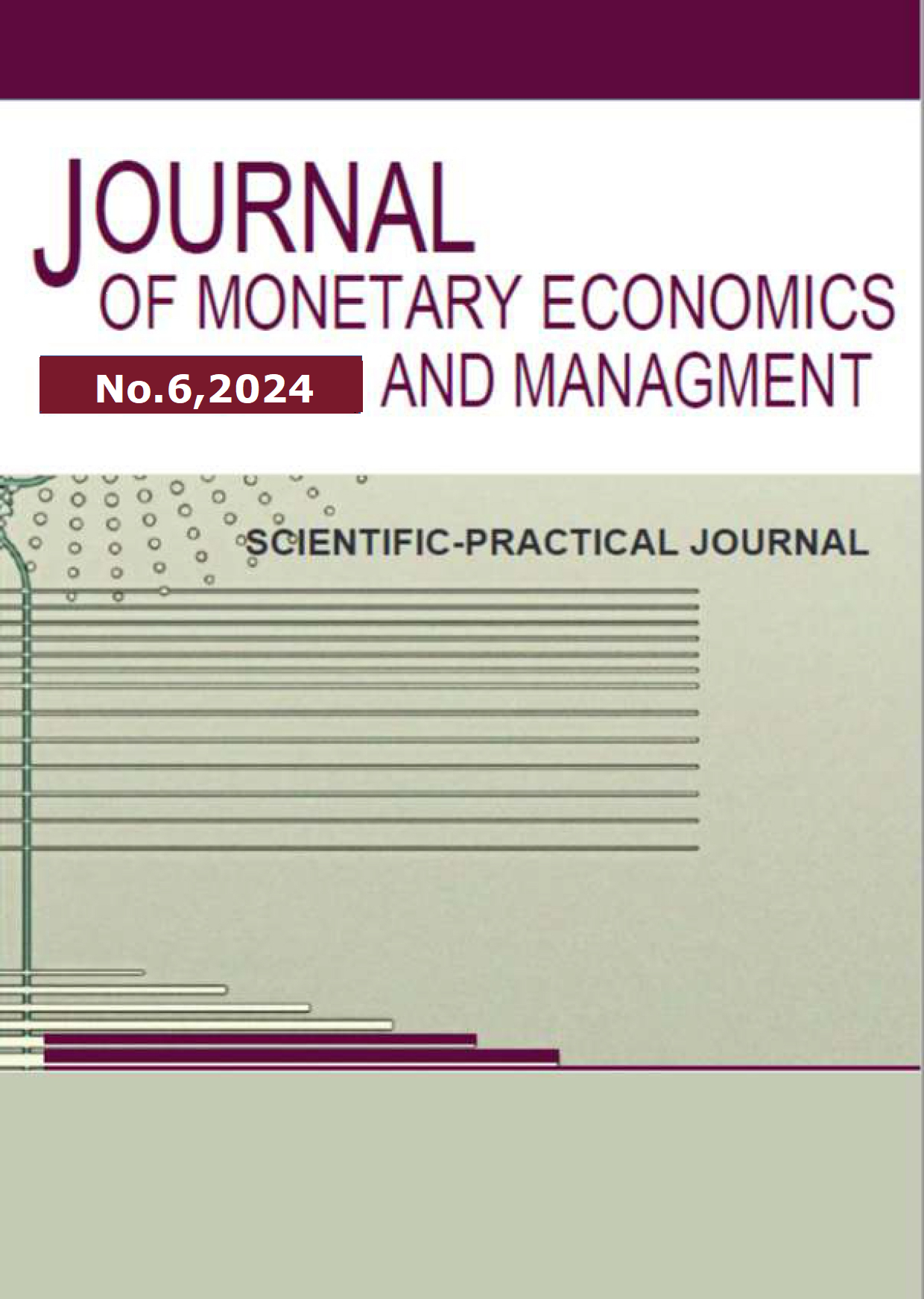Russian Federation
UDC 72.06
UDC 332.122
In the context of the active socio-economic development of the Kabardino-Balkarian Republic, architectural traditions continue to retain cultural significance, reflecting the processes of adaptation and transformation during the formation of the ethnic structure and regional economy. The purpose of the study is to identify how natural and climatic conditions and economic changes influenced the folk architecture of Kabardians and Balkars, as well as to reveal its transformation during the change in the ethnic structure of the region. The main features of the traditional architecture of Kabardians and Balkars, their dependence on natural conditions, as well as the influence of economic factors on the evolution of housing and outbuildings are considered. The historical stages of housing stock change under the influence of modernization processes, including interaction with Russian and other ethnic culture in the region, are studied. Special attention is paid to the analysis of seismic resistance, environmental friendliness and cost-effectiveness of traditional buildings. The factors that contributed to the adaptation of architecture to the difficult climatic conditions of the highlands and plains, as well as the transformation of these structures in connection with the change in the economic structure of the region, are revealed. The features of the impact of urbanization and a decrease in the share of the agricultural sector on the structure of settlements were revealed, which led to a change in architecture and a decrease in the role of outbuildings. The results of the study demonstrate that the folk architecture of the Kabardians and Balkars served as a reflection not only of cultural traditions, but also of economic changes in the region, providing resistance to natural conditions and meeting the needs of the time. The practical significance of the research lies in the fact that its results can be used in the development of modern architectural projects that take into account the natural and economic characteristics of the region, as well as in the preservation of cultural heritage. In conclusion, it is emphasized that the evolution of the Kabardian and Balkarian folk architecture testifies to the deep relationship between the regional economy, natural and climatic conditions and the processes of ethnic integration.
folk architecture, Kabardians, Balkars, natural and climatic conditions, regional economy, ethnic structure, urbanization, adaptation, transformation.
1. Sabanchieva L.H. Transformaciya zhilischno-poselencheskogo kompleksa narodov Kabardino-Balkarii // Vestnik KBIGI, Nal'chik, 2018. № 4 (39). – 69-79.
2. Thamokova I.H. Russkoe naselenie Kabardino-Balkarii v XIX – nachale XXI v.: dinamika etnokul'turnyh granic. – Nal'chik, 1914. – 152 s.
3. Sulimenko S.D. Arhitektura v tradicionnoy kul'ture gorskih narodov Severnogo Kavkaza / diss. doktora arhitektury, Rostov-na-Donu, 2000 . – 761 s.
4. Hatuhov A.M., Berova F.Zh. Basseynovyy princip administrativno-territorial'nogo deleniya kak al'ternativa sovremennomu rasseleniyu etnicheskih grupp naseleniya Kabardino-Balkarii // Vestnik Vysshey shkoly. 2020, № 11. – S. 60 – 71.
5. Zelenskaya A.E. Evolyuciya rasseleniya v Kabardino-Balkarskoy Respublike: avtoref. … diss. kand. geogr. nauk. Stavropol', 2010. – 23 s.
6. Territoriya i rasselenie kabardincev i balkarcev v XVIII — nachale XX vekov: sbornik dokumentov (Sostavitel' H.M. Dumanov). Nal'chik: Izd-vo «Nart», 1992. – 271 s.
7. Kazharov A.G. Kabarda i Balkariya v processe administrativno-territorial'nogo pereustroystva Severnogo Kavkaza (1918 — pervaya polovina 1922-h gg.): diss. k.i.n. Nal'chik, 2001. – 210 s.
8. Kagieva T.A. Evolyuciya zemel'nyh otnosheniy v Kabarde vo vtoroy polovine XVIII — nachale XX v: diss. k.i.n. Nal'chik, 2011. – 191 s.
9. Karov.A.H. Iz istorii zemel'nyh otnosheniy i pozemel'nogo ustroystva kabardincev i balkarcev v pervoy polovine XVIII -posledney chetverti XIX v. Nal'chik, 2014. S. 8–23.
10. Kushhabiev A.V., Ulakov M.Z., Alhasov M.M., Tabaksoev I.A. Transformaciya sistemy cennostey naseleniya Kabardino-Balkarii v sovremennyh usloviyah. Nal'chik: KBNC RAN, 2019. – 119 s.
11. Longvort Dzh. A. God sredi cherkesov. Nal'chik, 2002. – 543 s.
12. Blaramberg I.F. Kavkazskaya rukopis'. Stavropol', 1992. – 240 s.
13. Nogmov Sh.B. Istoriya adyheyskogo naroda. Nal'chik, 1994. – 232 c.
14. Han-Girey. Zapiski o Cherkesii. Nal'chik: El'brus, 1992. – 352 c.
15. Kumahova D.V. Tradicionnoe i novoe v zhilischah kabardincev // Gramota, 2015. № 1 (51): v 2-h ch. Ch. I. S. 93-95.
16. Kudashev V.N. Istoricheskie svedeniya o kabardinskom narode. Nal'chik: El'brus, 1991. – 192 s.
17. Bernshteyn E.B. Arhitektura balkarskogo narodnogo zhilischa. – M., 1993. – 160 s.









